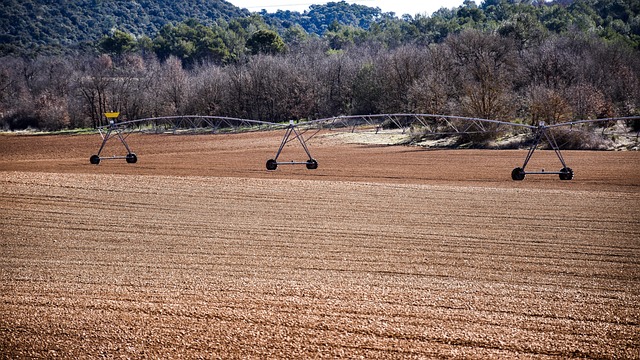Water conservation is a powerful tool for managing costs and promoting sustainability. By understanding your water bill, you can identify areas for savings through installing low-flow fixtures, rainwater harvesting, upgrading to WaterSense-certified appliances, adopting dual-flush toilets, and employing drip irrigation for landscaping. Promptly addressing unusual spikes in bills signals inefficient usage or leaks, leading to significant reductions through these conservation practices.
Are you tired of unexpected jumps in your water bill? It’s time to take control! Understanding your water usage is key to unlocking significant savings. In this guide, we’ll decipher your water bill, teaching you to identify unusual spikes and transform your habits. Discover the power of low-flow fixtures, rainwater harvesting, and efficient appliances like dual-flush toilets for a substantial impact. Implement these simple yet effective water conservation tips and watch your bills drip away with our comprehensive strategies.
- Understanding Your Water Bill: Decoding Charges and Usage Patterns
- Identifying Unusual Spikes: What to Look Out For
- Water Conservation Tips for Everyday Practice
- Upgrading to Low-Flow Fixtures: A Simple Fix for Big Savings
- Rainwater Harvesting: Utilizing Nature's Resource Effectively
- Efficient Appliances and Dual-Flush Toilets: Key Components of Water Conservation
Understanding Your Water Bill: Decoding Charges and Usage Patterns
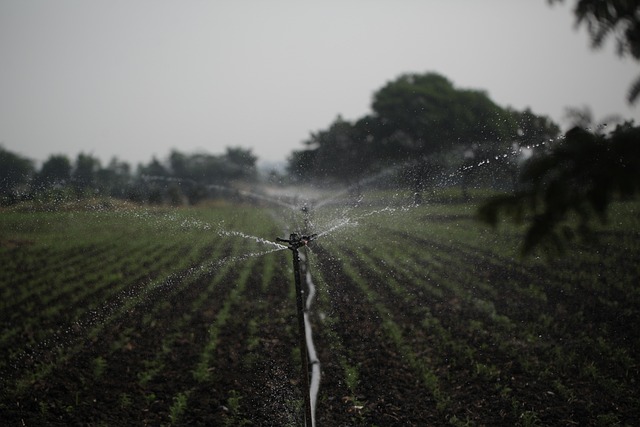
Understanding your water bill is a crucial step in monitoring for unusual spikes and identifying potential areas for savings. Decoding the charges on your water bill involves grasping both fixed costs associated with service and variable charges tied to your usage patterns. Start by examining the breakdown of charges, which may include base fees, metered charges, surcharges, and more. Look for any unexpected or sudden changes in these amounts that could signal increased usage or potential leaks.
Water conservation tips can significantly impact your bills. Consider installing low-flow fixtures like aerators on faucets and efficient showerheads to reduce water consumption without compromising performance. Additionally, rainwater harvesting systems capture and reuse water from downspouts for irrigation or other non-potable uses, further reducing reliance on municipal supplies. Upgrading appliances with WaterSense-certified models and incorporating drip irrigation systems in landscaping can also lead to substantial savings through more efficient water use. Dual-flush toilets offer another opportunity for significant reductions, allowing you to choose between a full flush for solid waste and a half-flush for liquid waste, minimizing water usage where it’s not needed.
Identifying Unusual Spikes: What to Look Out For

Unusual spikes in your water bill can be an early warning sign of inefficient water usage or hidden leaks. As a responsible homeowner, it’s crucial to identify these spikes promptly to avoid unnecessary expenses and contribute to water conservation tips. Look out for sudden increases that cannot be attributed to typical seasonal variations or short-term activities like hosting events.
Inspect your home for potential culprits such as outdated low-flow fixtures, which might not be reducing water usage as expected. Consider switching to efficient appliances and implementing rainwater harvesting systems to collect and reuse water from downspouts. Additionally, dual-flush toilets offer a simple upgrade, allowing you to choose the appropriate flush volume based on waste volume. Efficient drip irrigation can also significantly reduce outdoor water consumption, ensuring your yard stays healthy without excessive water wastage.
Water Conservation Tips for Everyday Practice
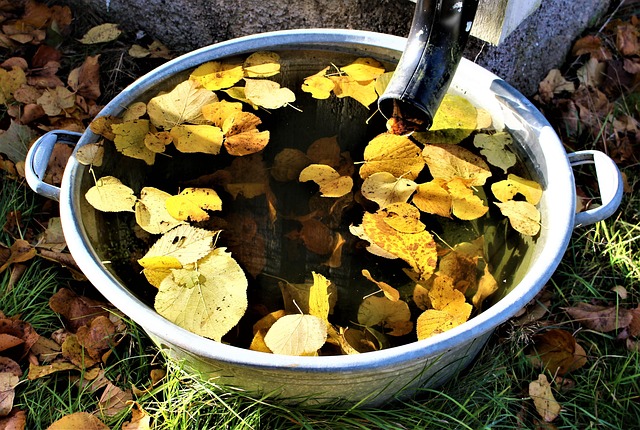
Water conservation is a collective responsibility and an essential practice to ensure sustainable water usage. Incorporating simple yet effective water conservation tips into your daily routine can significantly reduce utility bills and lessen the environmental impact. One of the primary areas to focus on is reducing water wastage in homes, which often goes unnoticed.
Implementing low-flow fixtures like aerators on faucets and showerheads can decrease water usage without compromising performance. Rainwater harvesting is another innovative approach; collecting rainwater from roofs or patios for later use in gardening or even indoor flushing can be a game-changer. Upgrading to efficient appliances, such as those with WaterSense labels, ensures that modern technology is utilized to minimize water wastage. Additionally, dual-flush toilets offer a simple solution by allowing users to select the appropriate flush type based on waste volume, reducing water consumption. For outdoor spaces, drip irrigation systems provide precise watering directly to plant roots, minimizing evaporation and ensuring efficient water use in gardens and landscapes.
Upgrading to Low-Flow Fixtures: A Simple Fix for Big Savings

Unusual spikes in your water bill can often be attributed to inefficient plumbing or outdated fixtures. One simple yet effective solution is to upgrade to low-flow fixtures throughout your home and yard. These fixtures, including faucets, showerheads, and toilets, are designed to reduce water usage without compromising performance. For instance, installing low-flow showerheads can cut down on hot water consumption while still providing a satisfying spray. Dual-flush toilets, another popular option, offer a full flush for solid waste and a half-flush for liquid waste, significantly reducing the amount of water used per visit.
Beyond individual fixtures, consider implementing larger-scale water conservation tips like rainwater harvesting systems to collect and reuse rainfall for irrigation or other non-potable uses. Efficient appliances, such as those with WaterSense certification, can also play a crucial role in reducing overall water consumption. Additionally, drip irrigation systems are highly effective for delivering water directly to plant roots, minimizing waste through evaporation or runoff. By combining these water conservation tips, homeowners can not only lower their water bills but also contribute to the broader goal of sustainable water usage.
Rainwater Harvesting: Utilizing Nature's Resource Effectively
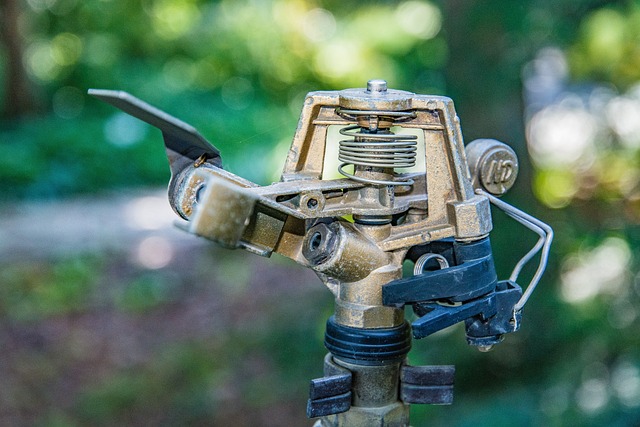
Rainwater harvesting is an effective water conservation tip that allows you to utilize nature’s resource efficiently. By collecting and storing rainwater from your roof or other surfaces, you can significantly reduce your water bill and contribute to environmental sustainability. Install simple systems like barrels beneath downspouts to capture rainwater for later use in gardening or even indoor flushing, especially with dual-flush toilets that offer a lower-volume setting for typical uses.
Adopting low-flow fixtures and efficient appliances is another crucial aspect of water conservation. Modern showerheads, faucets, and toilets designed with these features can drastically cut down water usage without compromising functionality. For instance, drip irrigation systems can be used in landscaping to deliver water directly to plants’ roots, minimizing waste from evaporation or runoff—a practical approach that aligns well with the principles of rainwater harvesting for a holistic water conservation strategy.
Efficient Appliances and Dual-Flush Toilets: Key Components of Water Conservation
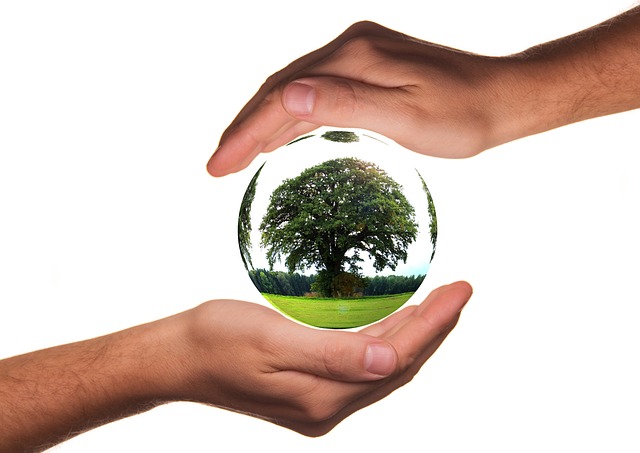
In the pursuit of water conservation tips, homeowners can significantly reduce their water footprint by adopting efficient appliances and low-flow fixtures. Modern appliances, such as washing machines, dishwashers, and refrigerators with WaterSense labels, are designed to minimize water usage without compromising performance. These devices use advanced technologies like high-pressure spray arms, optimized heating elements, and smart sensors to cut down on water consumption.
One of the most effective water conservation strategies involves installing dual-flush toilets or low-flow showerheads. Dual-flush toilets offer a standard flush for solid waste and a reduced-water flush for liquid waste, cutting down on water usage per flush. Rainwater harvesting is another valuable technique where collected rainwater from rooftops can be utilized for irrigation (drip irrigation systems are an efficient choice) and other outdoor uses, reducing the strain on municipal water supplies.
